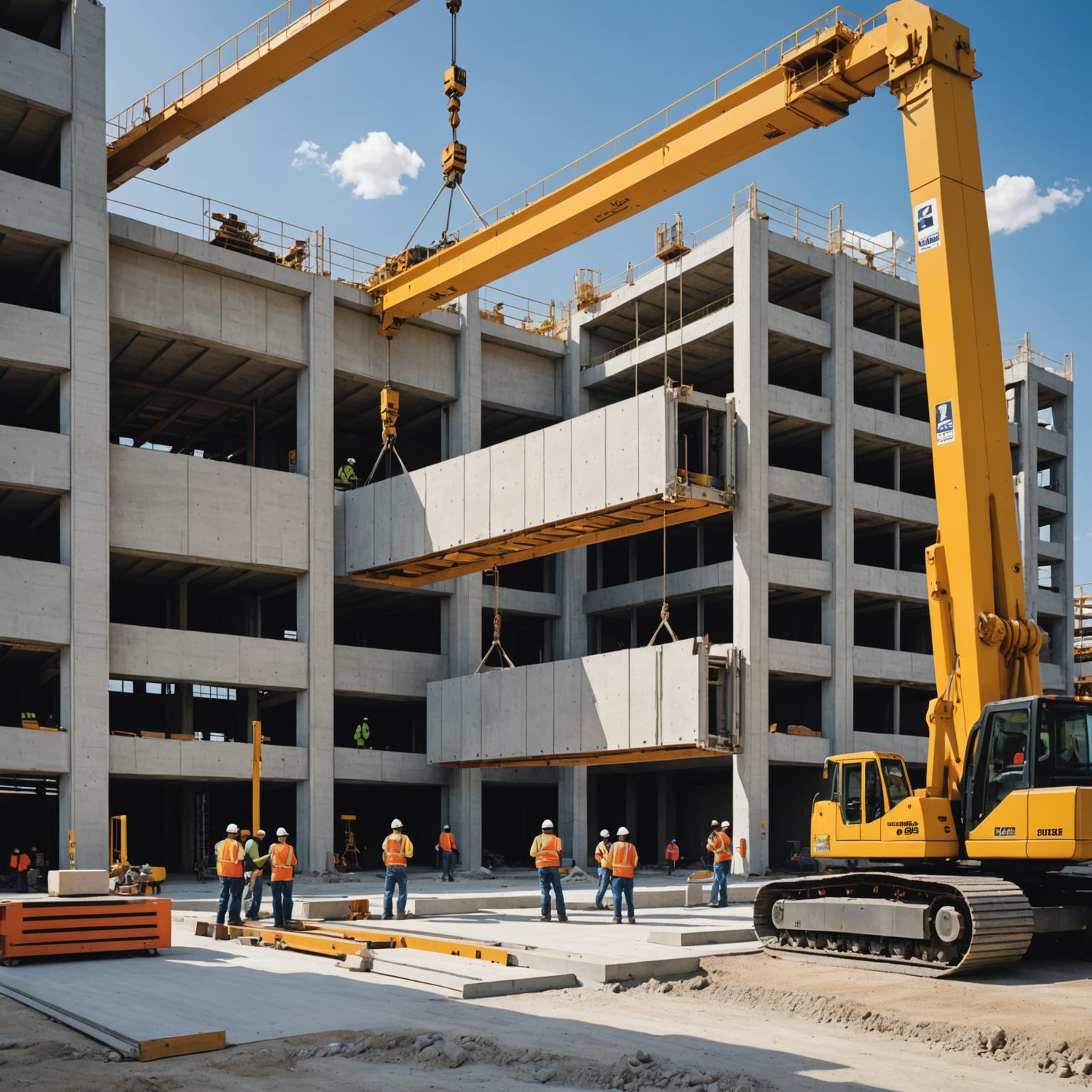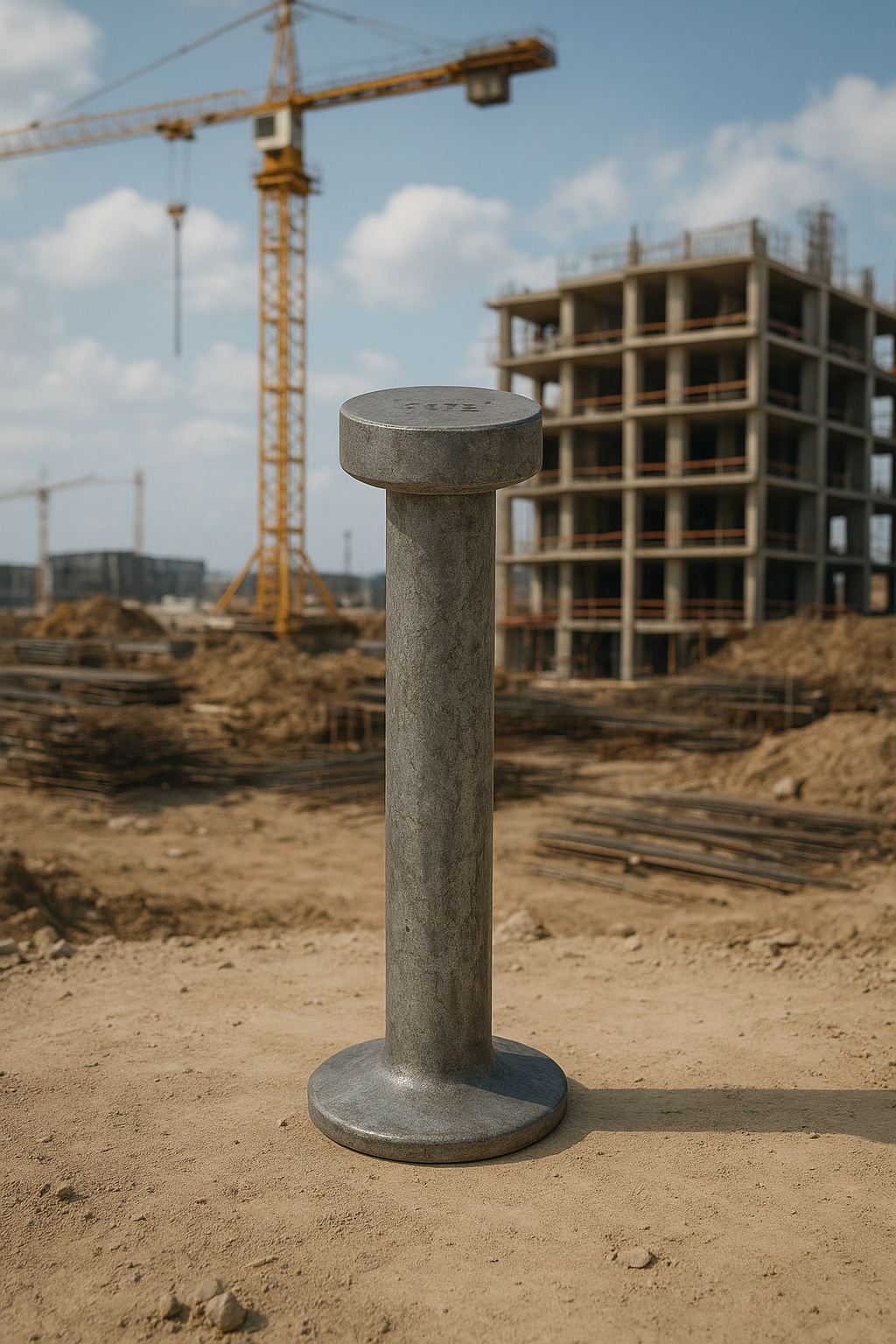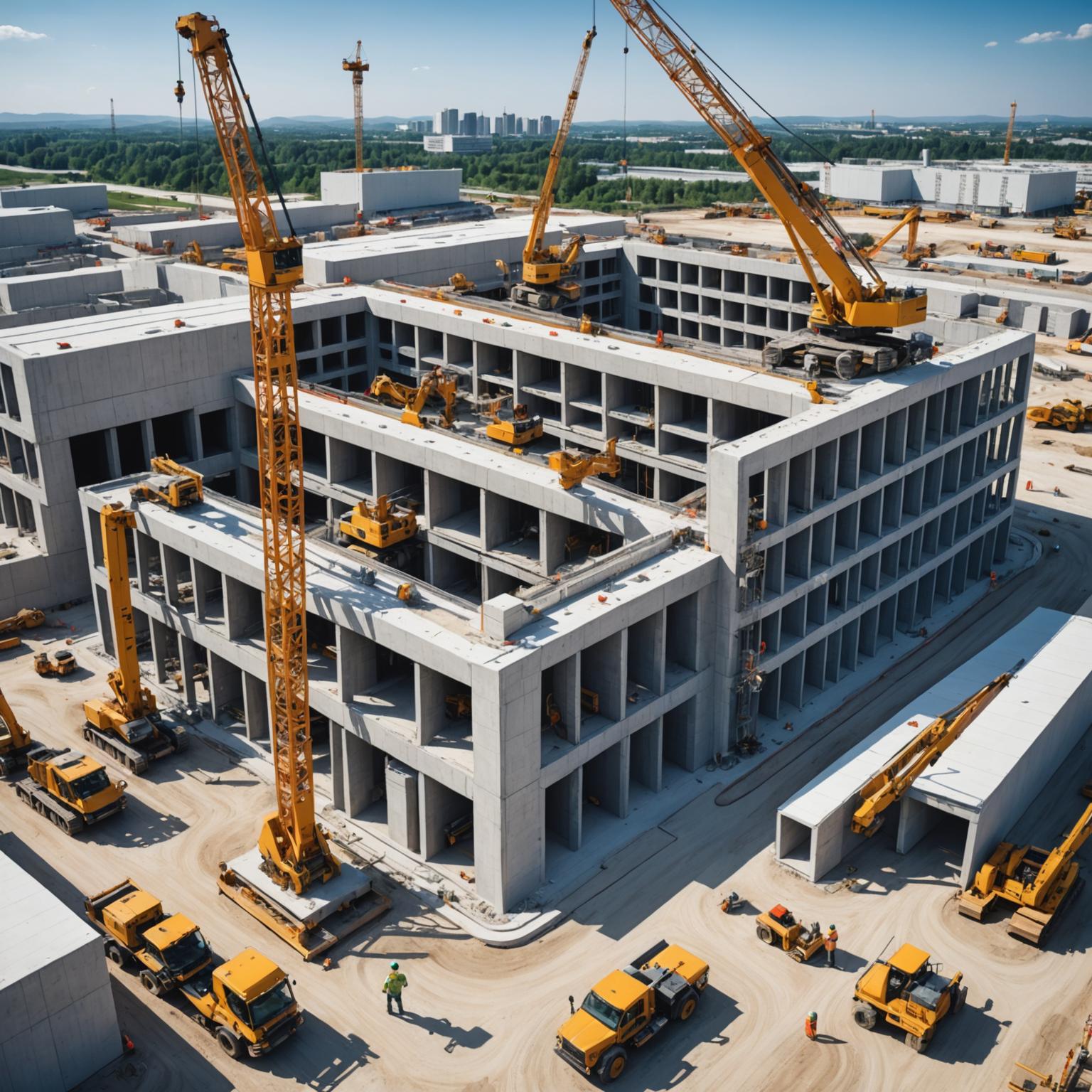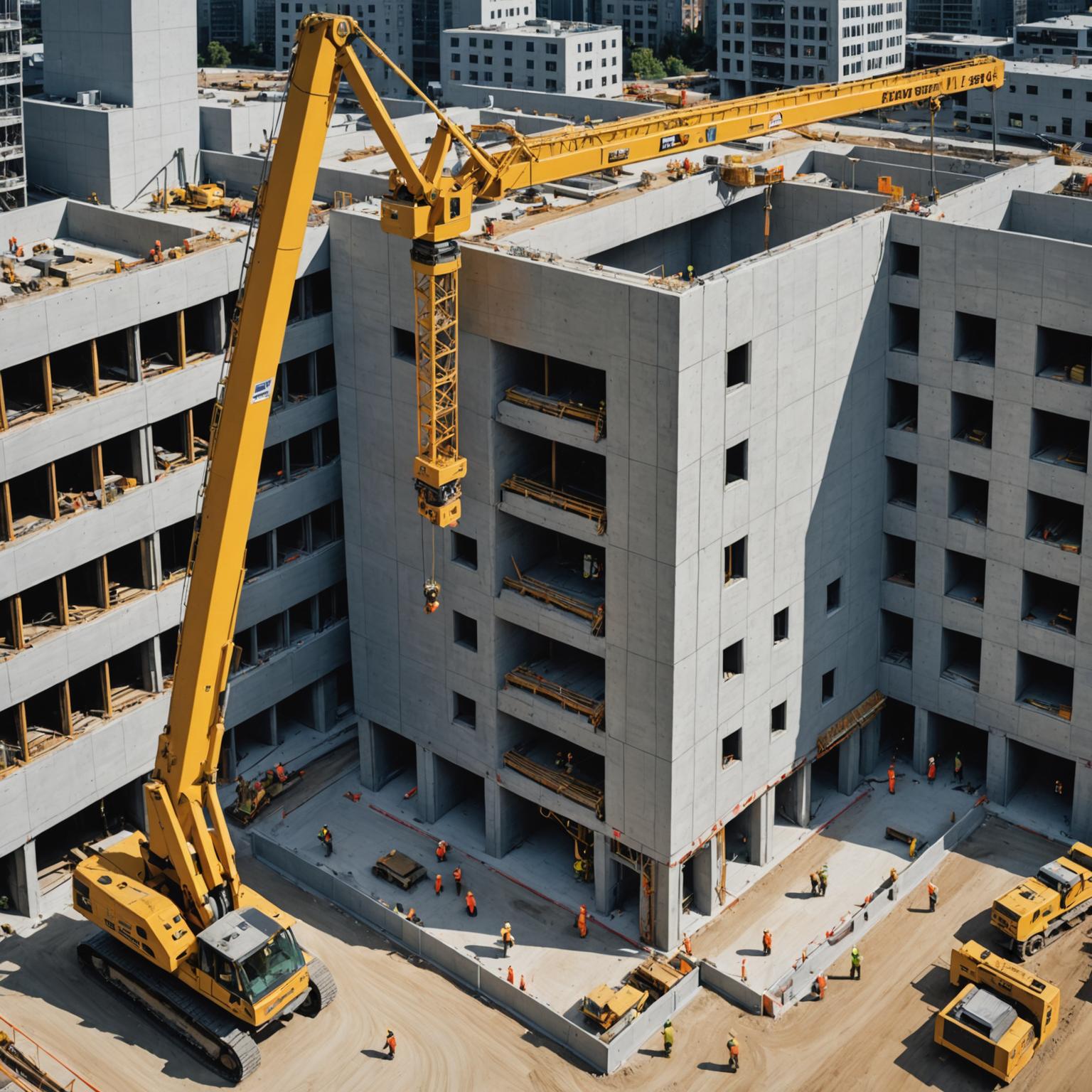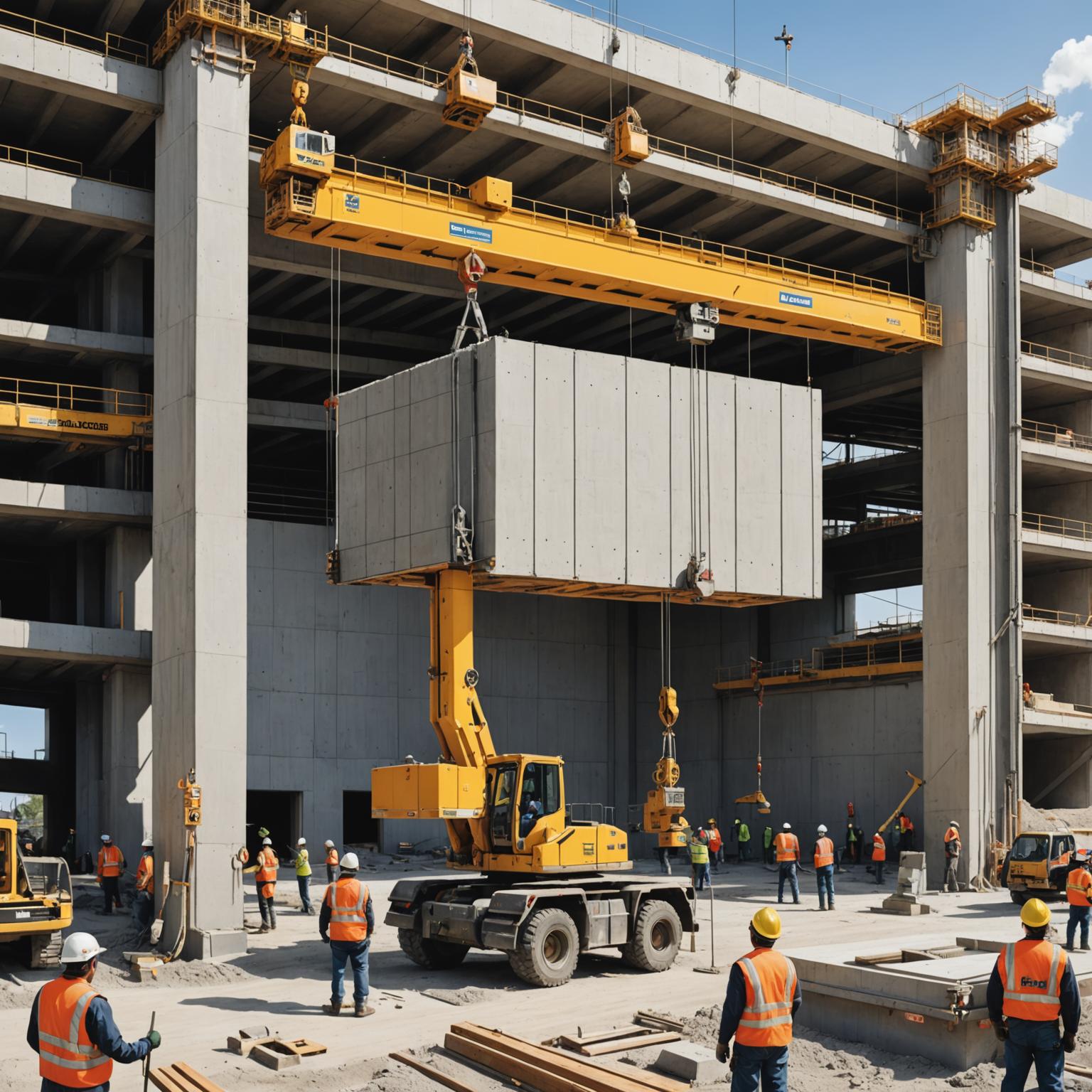The efficiency and quality control offered by precast concrete have made it a cornerstone of modern construction, but its true potential is only realized through a safe and meticulously planned **Precast concrete lifting** process. Moving multi-ton concrete panels, beams, and columns from the casting yard to their final position requires more than just raw power; it demands a highly engineered system of specialized components designed to work in perfect harmony. The integrity of the entire structure, and more importantly, the safety of the on-site crew, depends on the correct selection and application of this technology.
Understanding the Precast Lifting System
A comprehensive **Lifting system** for precast concrete is an integrated set of components engineered to safely handle a specific load. The process begins during the design phase, where engineers determine the optimal lifting points on a concrete element. At the heart of the system is the cast-in anchor. These high-strength steel anchors are precisely positioned within the formwork before the concrete is poured. Once the concrete cures, these anchors become a permanent, load-bearing part of the element. Complementing the anchor is the recess former, which creates a precisely shaped void around the anchor's head, allowing for the easy and secure attachment of the lifting clutch. This synergy between the embedded anchor and the removable hardware is fundamental to an effective **Lifting system**.
The Critical Role of Lifting Hardware
The term **Lifting hardware** refers to the removable, reusable components that connect the embedded anchor to the crane's rigging. This typically includes the lifting clutch or lifting eye, which is specifically designed to engage with a corresponding anchor type. For example, a spherical head anchor requires a specific lifting clutch, often called a ring clutch, that locks securely around the T-shaped head. This hardware is manufactured under stringent quality controls, often from forged, high-grade alloy steel, to ensure it can withstand the immense forces involved. Each piece of **Lifting hardware** has a clearly marked Working Load Limit (WLL), and it is critical that this limit is never exceeded. The hardware must be matched not only to the anchor type but also to the weight of the precast element and the specific lifting angles involved, as side-loading can dramatically alter stress on the components.
Technical Specifications and Safety in Precast Lifting
Executing a successful **Precast concrete lifting** operation is a technical discipline governed by strict safety protocols and engineering calculations. Every lift must be planned, considering the element's weight, its center of gravity, and the dynamic forces generated during movement. A crucial concept is the safety factor; every component in a certified **Lifting system** is designed with a safety factor, typically 4:1 for lifting clutches and 2.5:1 for anchors. This means the hardware is tested to handle a load several times its designated WLL. Regular inspection of all **Lifting hardware** is non-negotiable. Before each use, clutches, shackles, and other rigging must be visually inspected for signs of wear, deformation, cracking, or corrosion. Any component showing signs of damage must be immediately removed from service. A failure in a single piece of hardware can lead to a catastrophic failure of the entire lift.
Ensuring Safe and Efficient Operations
Ultimately, the safety and efficiency of any project utilizing precast elements are directly linked to the quality and proper use of the lifting equipment. A reliable **Precast concrete lifting** strategy relies on a complete, integrated system where every anchor, clutch, and accessory is engineered and tested to work together. Using components from different manufacturers or systems can introduce dangerous incompatibilities. By adhering to detailed lift plans, performing rigorous inspections of all **Lifting hardware**, and ensuring all personnel are properly trained, construction projects can leverage the full benefits of precast concrete without compromising on-site safety.



